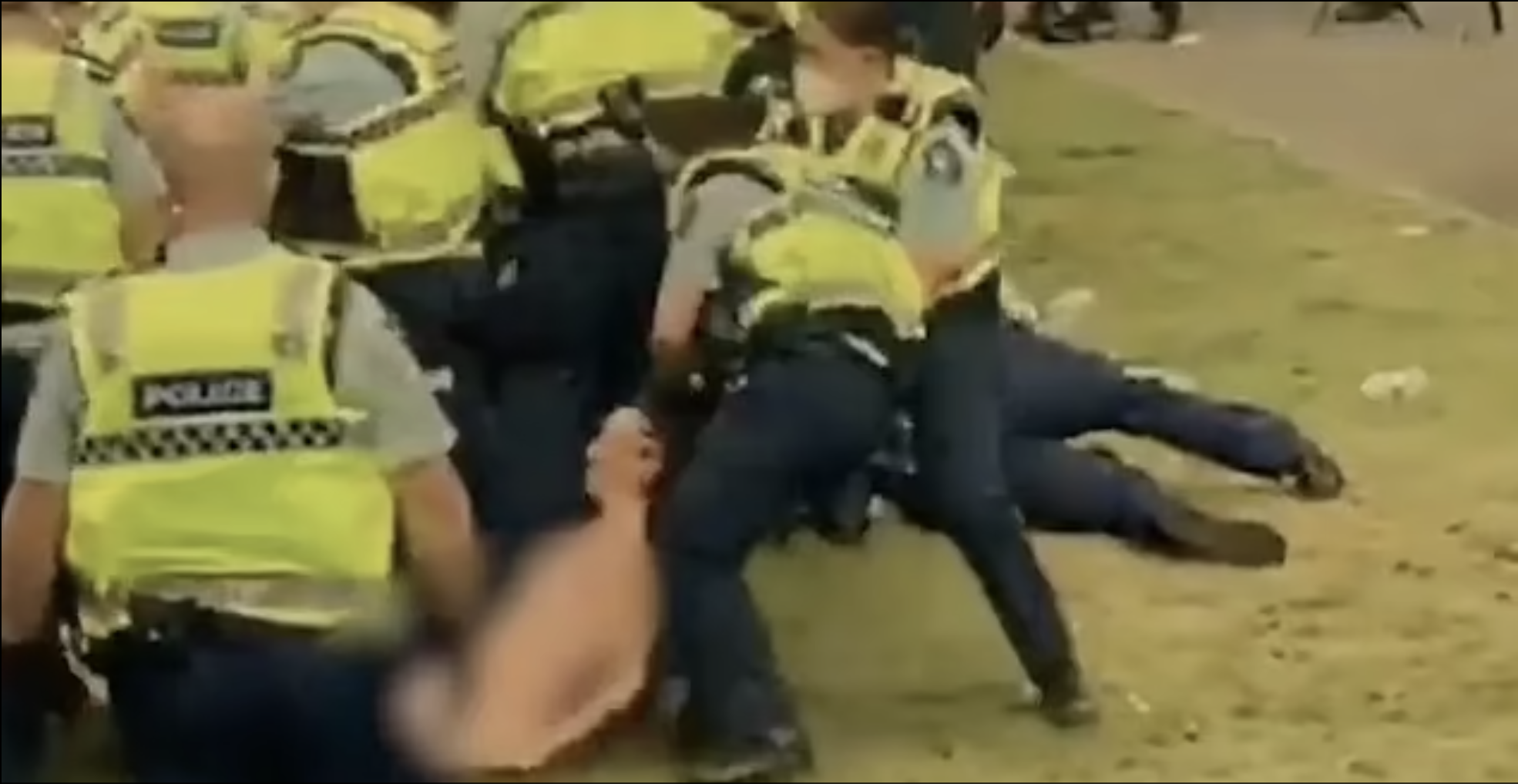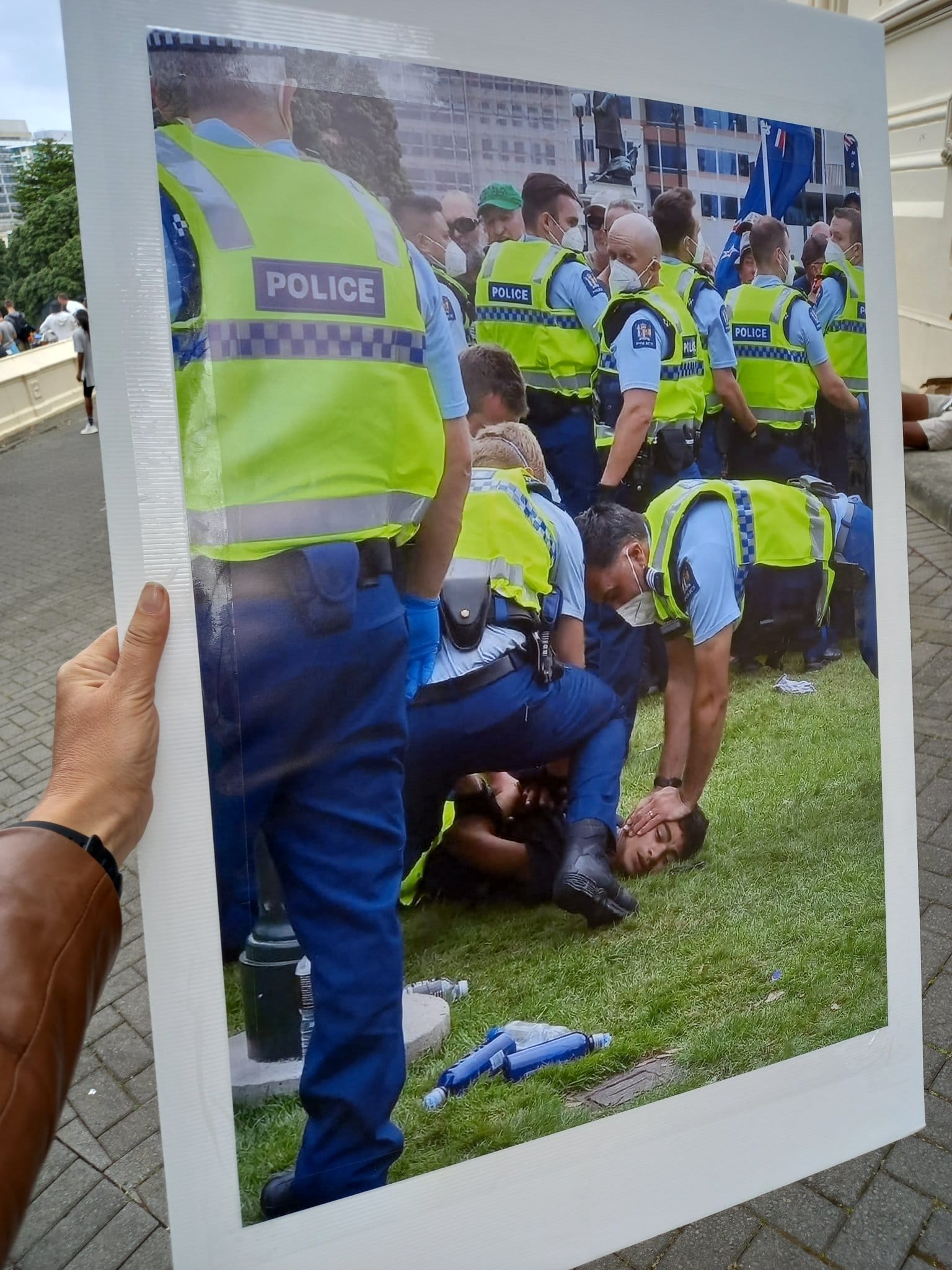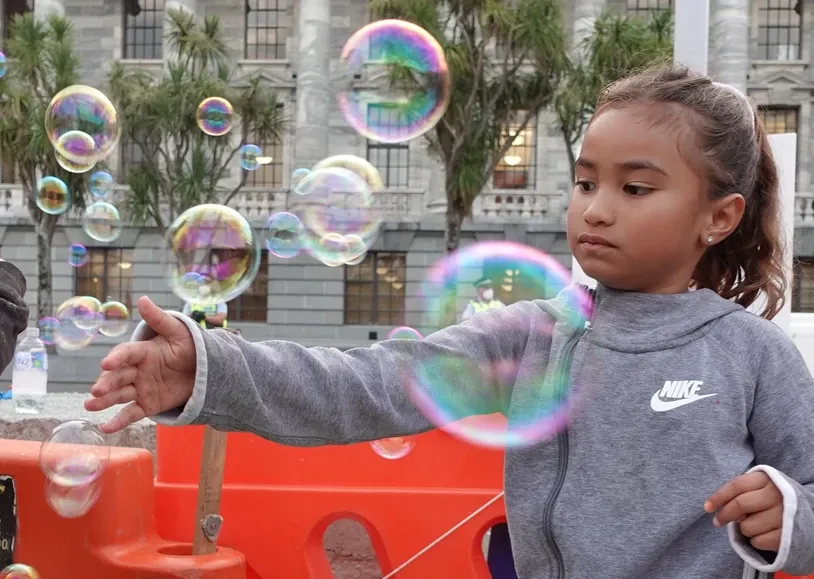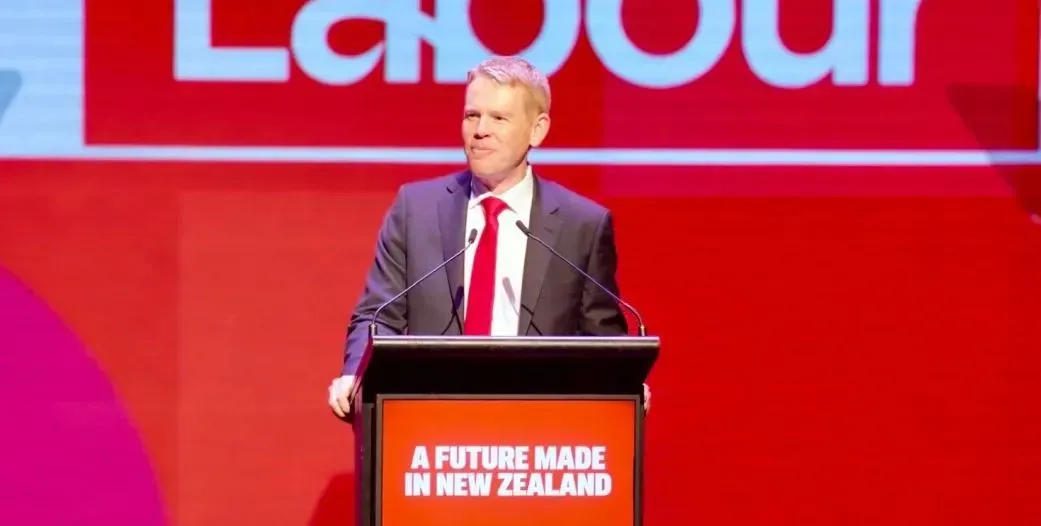I’m sure I wasn’t the only one to watch the attack mockumentary ‘Fire and Fury’ released by Stuff. It was bad enough in the way they portrayed the individuals in it without then finding out that it had been funded by the taxpayers.
Their deliberate omission of the peaceful messages spread by influencers and their exclusion of Brian Tamaki and the NZDSOS made it obvious what they were trying to portray.
Their narrative was that a group of rabid, violent extremists were on the brink of carrying out a terrorist attack on the government. This is why they took a bunch of clips out of context to frame them as murderous thugs. They also focused not just on Covid but also on other ‘conspiracy theories’ and dismissed them as such with no evidence to disprove them.
It was interesting how they started off on each profile showing some of them as normal people. Claire Deeks was a food blogger who was even featured on the Cafe on the Breakfast show two years ago. They also seemed to have forgotten that Chantelle Baker herself was one of the ‘Ladies of ZM’ a few years ago.
They painted all of these caricatures and made negative comments on the various figures yet not one single attempt was made to approach any of them for comment or to give them a right of reply.
Instead, the people they interviewed were people who had nothing to do with the events and were simply invited to give their opinion because they were ‘experts’. One person they invited was someone who used to be a ‘conspiracy theorist’ but who had turned away from that and now regretted it. Most prominent was Dr Kate Hannah, director of the Disinformation Project.
They did interview two people who took part in the occupation. However, the documentary seemed to only show clips of their interviews which seemed to frame them as crazy. And to add insult to injury, the media decided to show their virtue by confronting them with clips of their actions at the occupation.
Accompanying these interviews was footage from day 23 of the protest which showed the violence when Jacinda’s playground caught fire and stuff was thrown. They completely cut out the first 22 days when the protest was peaceful, including a musical festival at Parliament during a time when other music festivals were cancelled.
They also conveniently left out how Speaker Trevor ‘the duck’ Mallard turned on the sprinklers and blasted the occupation with music and pro-vaccine messages despite warnings from the police that this would escalate tensions.
The media were desperate to show the freedom movement as a minority. They didn’t show the number of people that drove down or the amount of support along the way. They even used the ‘far right’ and ‘white supremacist’ labels despite the predominance of Maori and Pasifika participating as well as a vast majority of the people at the occupation being Labour, Green and Maori party voters.
They also never showed the violent actions of the police: including on day 5 when the police attempted to tear down tents and dragged people away to be arrested. They never showed the footage shared on Twitter of the police dragging a naked woman by her hair or the police holding a young man down by his head. They seemed to have not searched for the images of the injuries suffered by protestors.


Other things they conveniently cut out from their coverage of day 23 included the police firing tear gas on the crowd, using batons and tearing down tents. Instead, they made every effort to justify the police actions.
The utopian dream for journalists is to be the gatekeepers of truth. As part of that, they have two duties. One is filtering. This is to (ideally) sort out the truth from the lies in the information that reaches them and then to present the truth to the public.
The second is to provide balance. They have to provide both perspectives on any issue. However, they are also to maintain a level of scepticism of each perspective.
A former broadcaster once told me you either throw your beliefs out the door when covering a story or acknowledge them when interacting with people involved in an issue.
What I found ironic about this documentary was the shock from the journalists at the hostility of the freedom movement towards the mainstream media. Considering our media’s hostile treatment of the freedom movement, they really shouldn’t be surprised.


![[The Good Oil] Stuff Up of the Day](/content/images/size/w1304/format/webp/2024/09/Stuff-up-image-1.webp)






